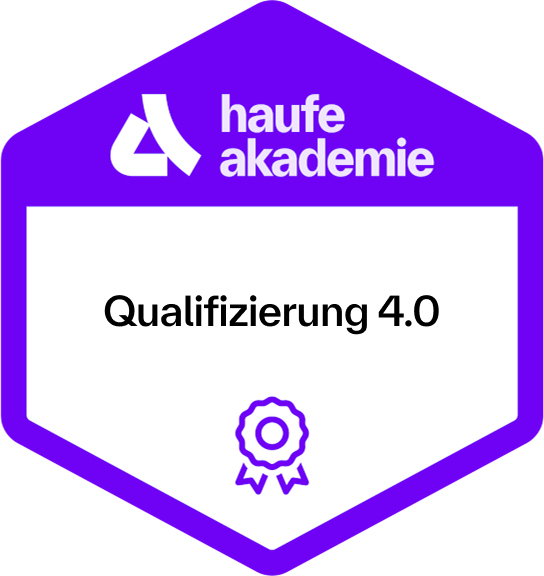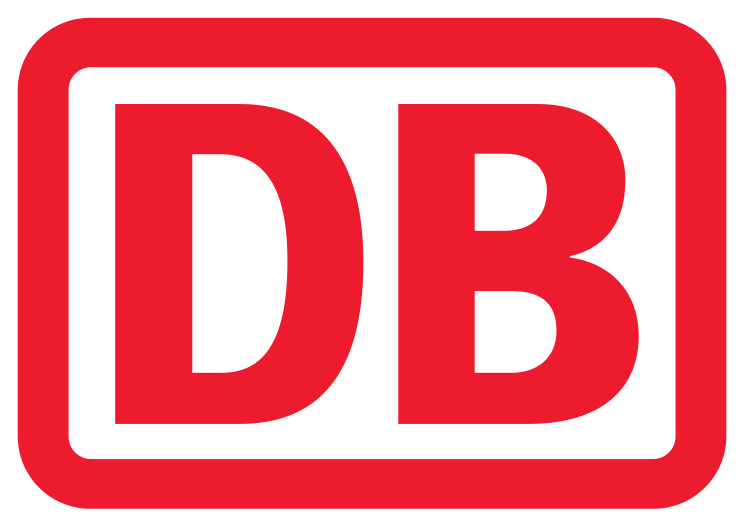Book 2 hours of individual coaching with your trainer.More info
SQL queries and SQL commands in controlling practice
Simple and complex queries from SQL databases

Contents
Database design
- Why does a relational database divide the data into different tables?
- How does the entity-relationship model, for example, help me to split up the data?
- Why do I need a primary and a foreign key in a relational database?
Query data with SQL statements
- Query data from a table using "SELECT".
- Do not query all rows of the table using the "WHERE" condition, including the various selection criteria such as "LIKE" with the placeholders "%" and "_" as well as "IS NULL" etc.
- Sort the query result with "ORDER BY".
- Summarize data with "GROUP BY" or display it individually using "DISTINCT" and understand the difference between the two variants.
- "SELECT" across multiple tables using "INNER JOIN", "LEFT/RIGHT (OUTER) JOIN", "FULL (OUTER) JOIN", "CROSS JOIN".
- Functions and calculations with the aggregate functions such as "SUM()", "COUNT()".
- Outlook on SQL subqueries/SQL subselects...
Learning environment
In your online learning environment, you will find useful information, downloads and extra services for this training course once you have registered.
Your benefit
- In this course you will learn the most important SQL statements according to SQL Standard 92 using Microsoft SQL Server as an example, so that you can transfer what you have learned to other database systems such as Oracle or DB2.
- You will acquire in-depth knowledge of data retrieval using the SELECT command. DDL and DCL commands are not part of the course.
- You will get to know and understand the join types, which are a little more challenging at the beginning, using many different examples.
- Although this SQL training course also covers the theoretical basics, the focus of the seminar is on practical relevance and understanding the subject matter.
- The aim of the SQL training course is to enable you to apply what you have learned directly in your day-to-day work after completing the course.
Methods
Presentation, practical examples and exercises on the PC, sample solutions, tips and tricks.
The training is basically database-independent, Microsoft SQL Server is used for the exercises.
Recommended for
controllers and employees from other departments who want to get to grips with database queries and understand SQL as a query language. No prior knowledge is required.
Further recommendations for "SQL queries and SQL commands in controlling practice"
Contents
Database design
- Why does a relational database divide the data into different tables?
- How does the entity-relationship model, for example, help me to split up the data?
- Why do I need a primary and a foreign key in a relational database?
Query data with SQL statements
- Query data from a table using "SELECT".
- Do not query all rows of the table using the "WHERE" condition, including the various selection criteria such as "LIKE" with the placeholders "%" and "_" as well as "IS NULL" etc.
- Sort the query result with "ORDER BY".
- Summarize data with "GROUP BY" or display it individually using "DISTINCT" and understand the difference between the two variants.
- "SELECT" across multiple tables using "INNER JOIN", "LEFT/RIGHT (OUTER) JOIN", "FULL (OUTER) JOIN", "CROSS JOIN".
- Functions and calculations with the aggregate functions such as "SUM()", "COUNT()".
- Outlook on SQL subqueries/SQL subselects...
Learning environment
In your online learning environment, you will find useful information, downloads and extra services for this training course once you have registered.
Your benefit
- In this course you will learn the most important SQL statements according to SQL Standard 92 using Microsoft SQL Server as an example, so that you can transfer what you have learned to other database systems such as Oracle or DB2.
- You will acquire in-depth knowledge of data retrieval using the SELECT command. DDL and DCL commands are not part of the course.
- You will get to know and understand the join types, which are a little more challenging at the beginning, using many different examples.
- Although this SQL training course also covers the theoretical basics, the focus of the seminar is on practical relevance and understanding the subject matter.
- The aim of the SQL training course is to enable you to apply what you have learned directly in your day-to-day work after completing the course.
Have you booked a live online trainingtraining event ?
Then please note the following:
The training is carried out in a virtual training environment.
To use this central remote desktop farm (Microsoft 365 training environment), the remote desktop client (part of Windows (mstsc.exe)) as well as unlimited access to the Internet via the IP protocol https (TCP 443) and DNS resolution of external DNS names are required. Your IT department can answer questions about these technical requirements. If you are unable to access the server farm, you will unfortunately not be able to take part in the live training training.
You will also need a laptop/computer and a stable internet connection.
It would also be very helpful to use two screens or two devices to recreate the face-to-face seminar environment: One screen or tablet would show the video image of the:der trainer analogous to the screen in the face-to-face seminar and on the other screen/laptop you can use your computer to implement or practice what has been shown. If necessary, a single large screen would also help to split two programs on the right and left half of a screen.
Methods
Presentation, practical examples and exercises on the PC, sample solutions, tips and tricks.
The training is basically database-independent, Microsoft SQL Server is used for the exercises.
Technical information (live online trainingtraining event)
- We provide you with a virtual training environment so that you have access to the programs you need during training .
- Please note that in order to use the virtual training environment, you will receive a so-called RDP file (Remote Desktop Protocol) from us, which you must open on your computer. Please talk to your IT department in advance to see if this is possible.
- If the technical requirements are not possible, you can also have your own SQL Server training environment set up by your IT department and use it during the seminar.
- The Remote Desktop Client is included in both Windows Professional and Windows Home.
Tool
Recommended for
controllers and employees from other departments who want to get to grips with database queries and understand SQL as a query language. No prior knowledge is required.
Further recommendations for "SQL queries and SQL commands in controlling practice"
40989
Start dates and details
Monday, 16.03.2026
09:00 am - 5:00 pm
Tuesday, 17.03.2026
08:00 am - 4:00 pm
- one joint lunch per full seminar day,
- Catering during breaks and
- extensive working documents.

Wednesday, 20.05.2026
09:00 am - 5:00 pm
Thursday, 21.05.2026
09:00 am - 5:00 pm
Monday, 14.09.2026
09:00 am - 5:00 pm
Tuesday, 15.09.2026
08:00 am - 4:00 pm
- one joint lunch per full seminar day,
- Catering during breaks and
- extensive working documents.

Monday, 02.11.2026
09:00 am - 5:00 pm
Tuesday, 03.11.2026
09:00 am - 5:00 pm
Tuesday, 23.02.2027
09:00 am - 5:00 pm
Wednesday, 24.02.2027
08:00 am - 4:00 pm
- one joint lunch per full seminar day,
- Catering during breaks and
- extensive working documents.
- one joint lunch per full seminar day,
- Catering during breaks and
- extensive working documents.
 4.6
4.6









